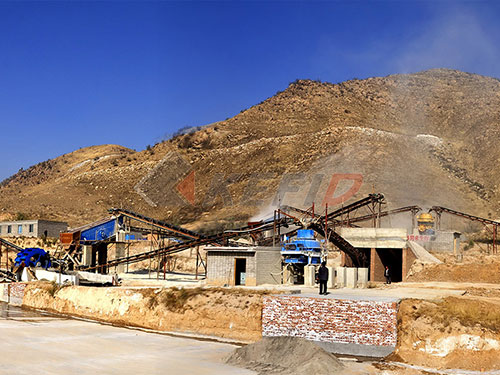Demolishing Smarter: The Power of Concrete Crushers Handling Rebar
In the dynamic world of construction and demolition, efficiently processing concrete waste laden with reinforcing steel (rebar) is a persistent challenge. Traditional methods often involve laborious manual separation or result in contaminated rubble unsuitable for high-grade recycling. Enter the specialized concrete crusher – engineered specifically to tackle this tough combination, transforming a problematic waste stream into valuable recycled aggregate.
The Core Challenge: Concrete and Its Embedded Skeleton
Reinforced concrete is ubiquitous for good reason: the steel rebar provides critical tensile strength, allowing structures to withstand immense forces. However, during demolition, this same rebar becomes a significant obstacle. Pure concrete can be crushed relatively easily into clean aggregate. But when steel rods are embedded:
1. Separation Difficulty: Manually extracting rebar from broken concrete chunks is time-consuming, hazardous, and expensive.
2. Equipment Damage: Standard crushing equipment not designed for metal can suffer severe damage from rebar jams or impacts.

3. Contaminated Output: Crushing without effective separation yields aggregate mixed with metal fragments, drastically reducing its value and usability in new concrete production.

The Solution: Purpose-Built Concrete Crushers
Modern concrete crushers designed to handle rebar incorporate several key features that set them apart:
1. Robust Construction & Heavy-Duty Jaws/Hammers: These machines are built with significantly thicker wear plates, reinforced frames, and impact zones constructed from abrasion-resistant alloys to withstand the constant punishment from concrete debris and embedded steel.
2. Advanced Separation Mechanisms: This is the critical differentiator:
Powerful Hydraulic Shears/Pre-Cutters: Many crushers integrate hydraulic arms equipped with powerful shears or nibblers positioned before the crushing chamber. These cutters slice through protruding rebar before the material enters the main crusher, preventing tangling and jams.
Vibrating Grizzly Feeders with Gaps: Strategically sized gaps in the feeder allow smaller pieces of crushed concrete to fall through directly onto a conveyor belt below, bypassing the main crusher altogether. Larger chunks containing rebar proceed to be crushed.
Overband Magnet Systems: Positioned over the discharge conveyor after crushing, powerful electro or permanent magnets efficiently lift and separate ferrous metals (like rebar) from the crushed aggregate stream.
3. Selective Crushing Design: Certain jaw crus

Leave a Reply